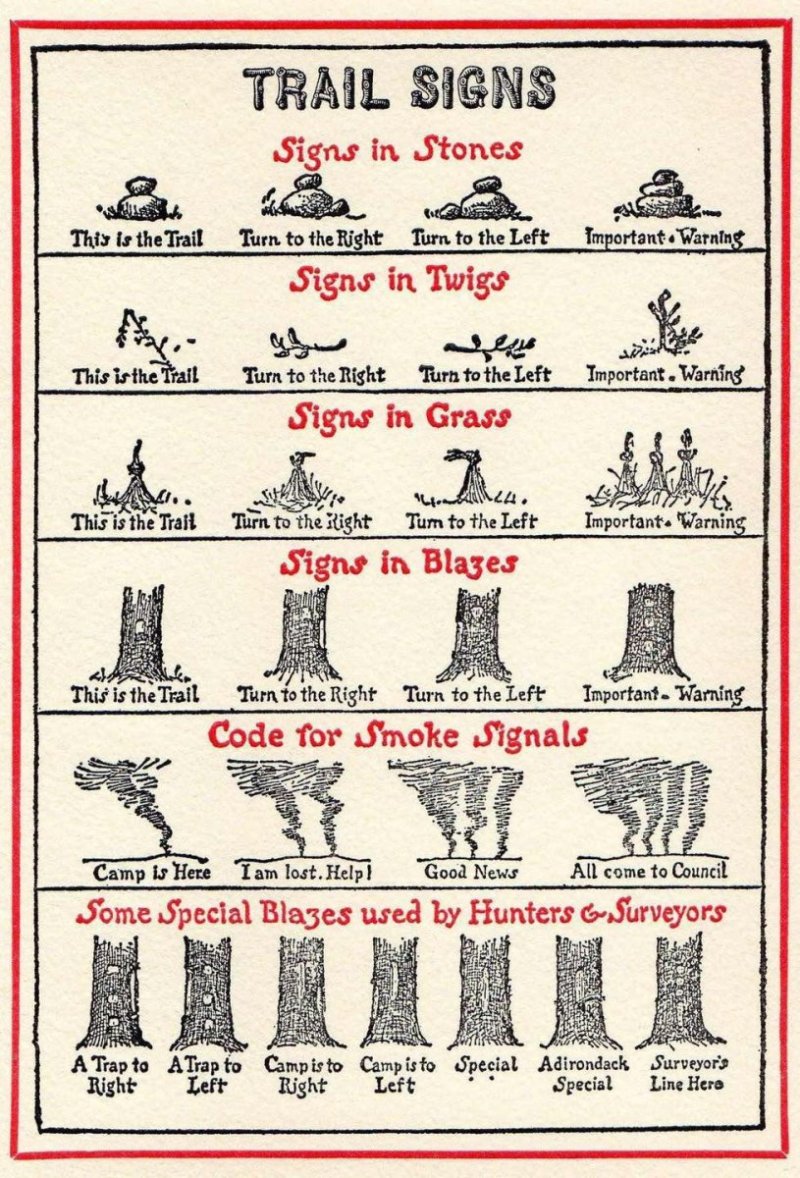Is there a place for 2-way radios in case SHTF?
Yes
If you think so, what would they be used for?
Communication when cell networks are down. (I experienced this first hand in 2014 during snowpocalypse.)
Who are you planning on communicating with - the person on the other side of the communications will need a compatible radio with similar frequency bands, etc.
Again, up to you. For me, it's family and friends who have logistical needs and supplies. In the case of 2014, it was a random stranger who helped make contact with my family over land line, relaying the traffic for me.
If you don't mind me asking, were you using repeaters or HF? I assume the internet was also down around your house. How did you make contact with the person who was willing to pass on your communications?
I am quite the novice and hope you don't mind the basic questions.






